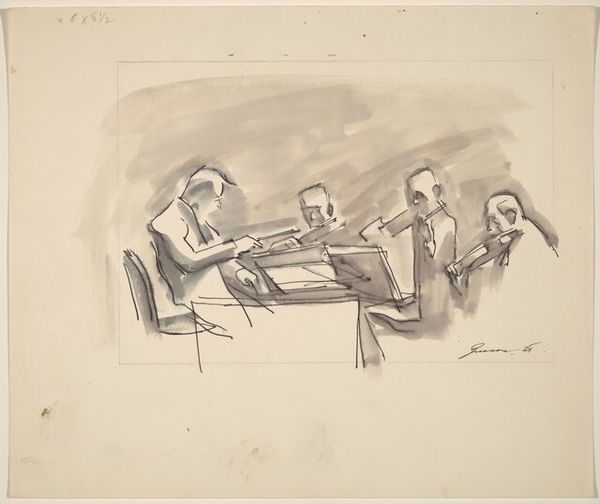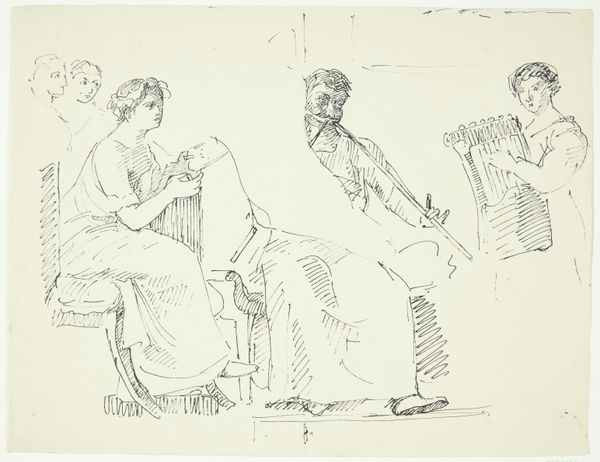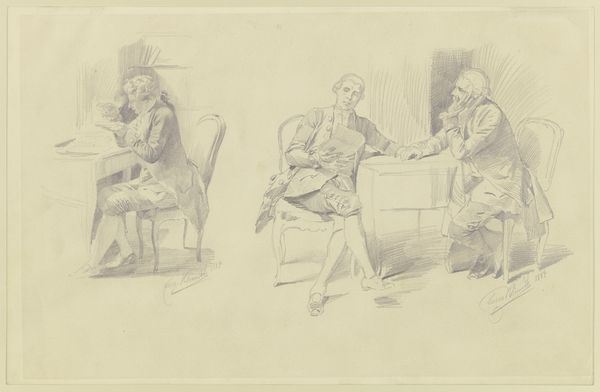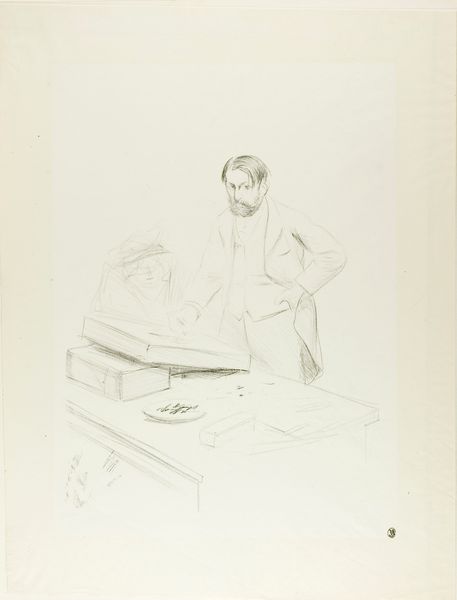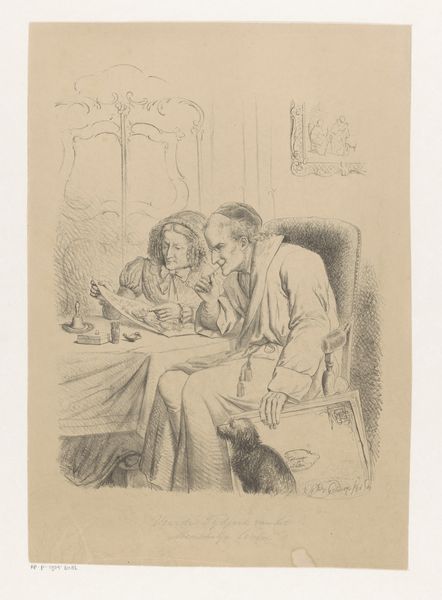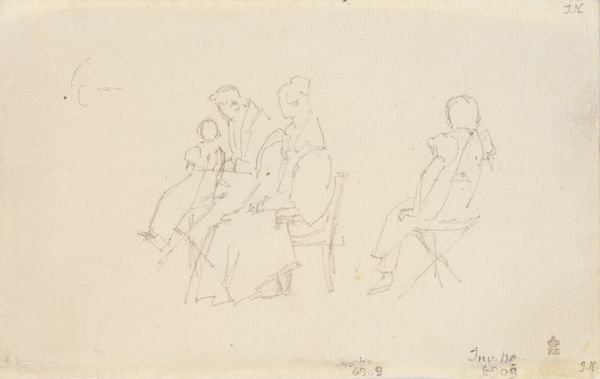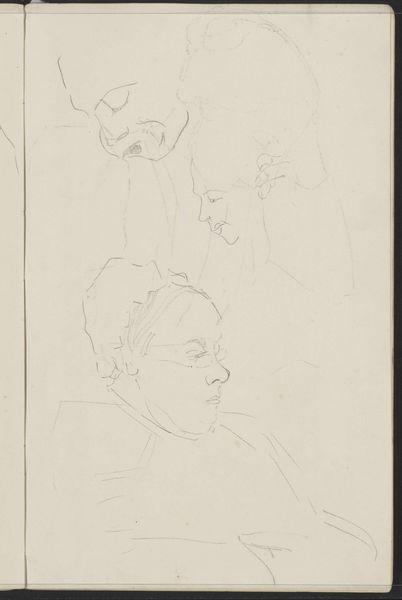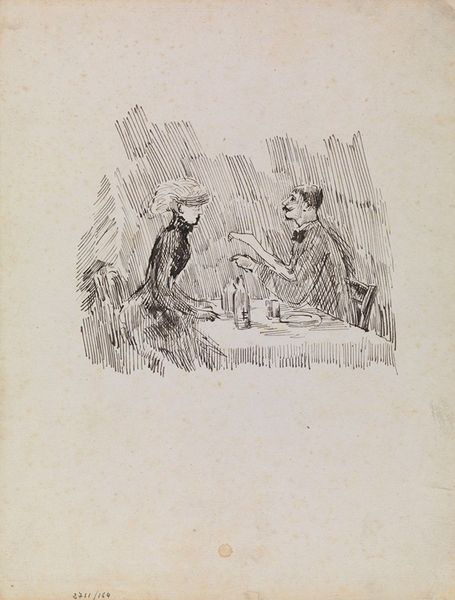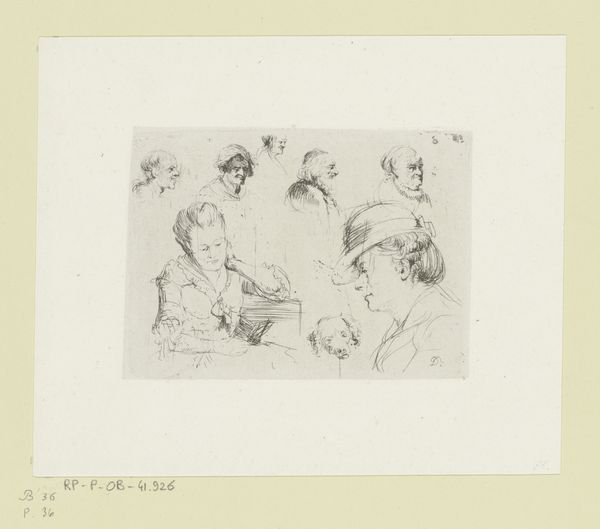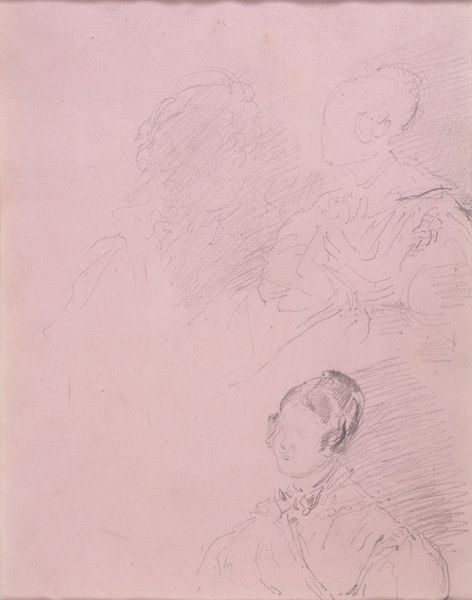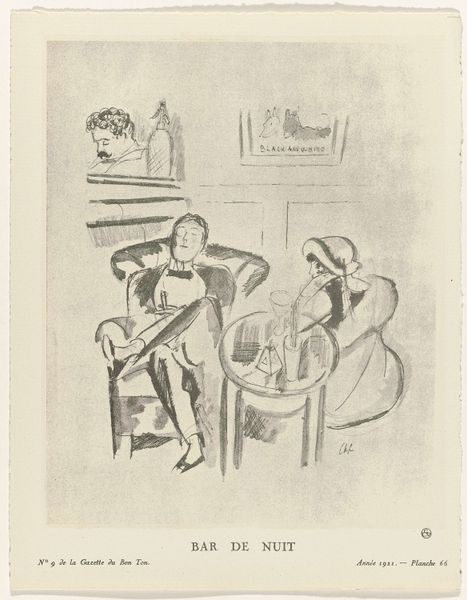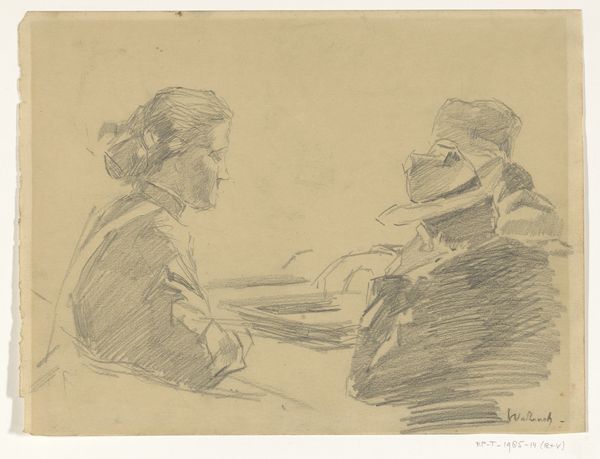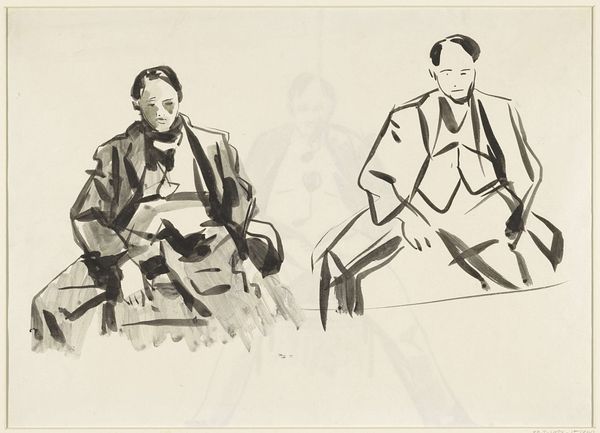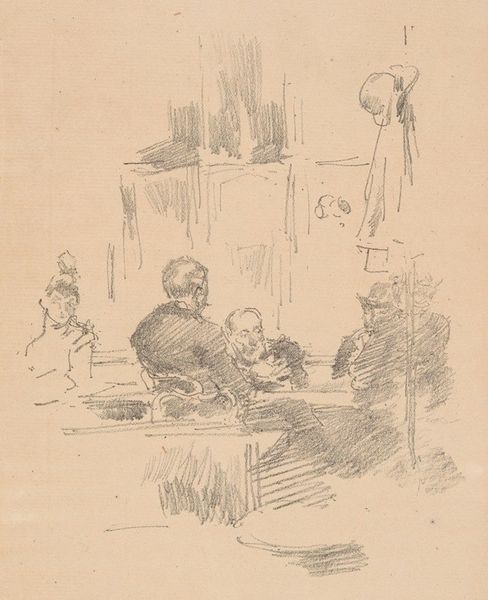
drawing, print, paper, pencil
#
portrait
#
drawing
# print
#
paper
#
group-portraits
#
pencil
#
academic-art
Dimensions: 615 × 443 mm
Copyright: Public Domain
Editor: We’re looking at "Four Family Portraits," a pencil drawing by Jean-Auguste-Dominique Ingres, created around 1815. It shows, well, four family members. I’m struck by the formality, but also by something almost…sketchlike? How would you interpret this work, especially considering Ingres’s later, more finished style? Curator: It’s interesting you pick up on that tension. Think about the role of the commissioned portrait in the 19th century. This isn't just about likeness; it’s about constructing an image of social standing. What does the presentation of these individuals suggest about their relationship to the viewer, and perhaps to each other? Editor: They seem detached, self-contained, especially the men. Is it about projecting an image of power or refinement for public consumption? Curator: Exactly. The family commissions these portraits and, in doing so, utilizes art as a social tool to affirm its position. Ingres, through his masterful, albeit preliminary, pencil work, participates in this performance. Consider, too, the arrangement: how does the composition reinforce or perhaps subtly undermine the power dynamics at play? Editor: So it's like they're saying "look at us" but Ingres also seems to reveal that it's constructed? That tension makes it more intriguing. I never really considered art as a tool of power. Curator: Precisely. Art isn’t produced in a vacuum. By acknowledging that link, we gain a deeper understanding not only of Ingres’ technique but of the broader social and cultural forces shaping his time. It changes how we view his intentions and choices. Editor: It certainly does. It gives me a lot more to think about than just "portraits".
Comments
No comments
Be the first to comment and join the conversation on the ultimate creative platform.
